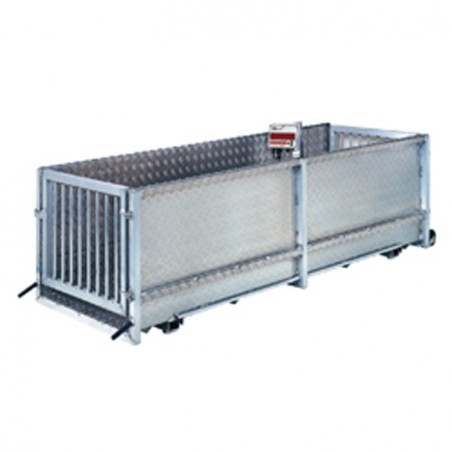The objectives of the present study were to compare the cortisol response caused by ear tagging piglets with the distress caused by other known painful husbandry procedures (e.g. castration and tail docking) and to evaluate the effectiveness of analgesia with meloxicam to reduce the cortisol response caused by these procedures. In total, 210 male piglets were randomised to equal numbers (n=30) into one of seven groups: a control group which was only handled (H), an ear tagged group that received no analgesia (ET), an ear tagged group with analgesia (ETM), a castration group with no analgesia (C), a castration group with analgesia (CM), a tail-docked group with no analgesia (TD) and a tail-docked group with analgesia (TDM). The procedures were carried out on day 3 or 4 after farrowing. Five blood samples were taken from each piglet: 30 min before the respective procedure (baseline value), and 30, 60 min, 4 and 7 h after processing, to assess cortisol concentrations.
At 7 h after the experimental treatment, cortisol concentrations had returned to base values in all groups. ET evoked a greater cortisol response than H piglets at 30 min (P<0.001) and 60 min (P=0.001). The cortisol response to ET was lower than C at 30 min (P=0.001) but did not differ significantly at the other sample times. The mean cortisol response was similar between ET and TD piglets over all sample times. Taking both intensity and duration of the cortisol response into account (AUC), ET evoked a greater response than TD. Analgesia (ETM) resulted in significantly lower cortisol levels than ET at 30 and 60 min post-procedure. Castration (C) provoked the highest cortisol response of all procedures; a significant analgesic effect (CM) was shown only at 4 h post-procedure. TD resulted in significantly higher cortisol levels than H piglets only at 30 min; analgesia (TDM) significantly reduced the cortisol response at 30 min.

We conclude that ear tagging causes a dramatic increase in cortisol levels compared with handling alone in piglets, which suggests that this procedure causes substantial distress. However, further research is needed to confirm these results.
Numberger, J., Ritzmann, M., Übel, N., Eddicks, M., Reese, S. and Zöls, S. (2016) ‘Ear tagging in piglets: the cortisol response with and without analgesia in comparison with castration and tail docking’, animal, 10(11), pp. 1864–1870. doi: 10.1017/S1751731116000811




